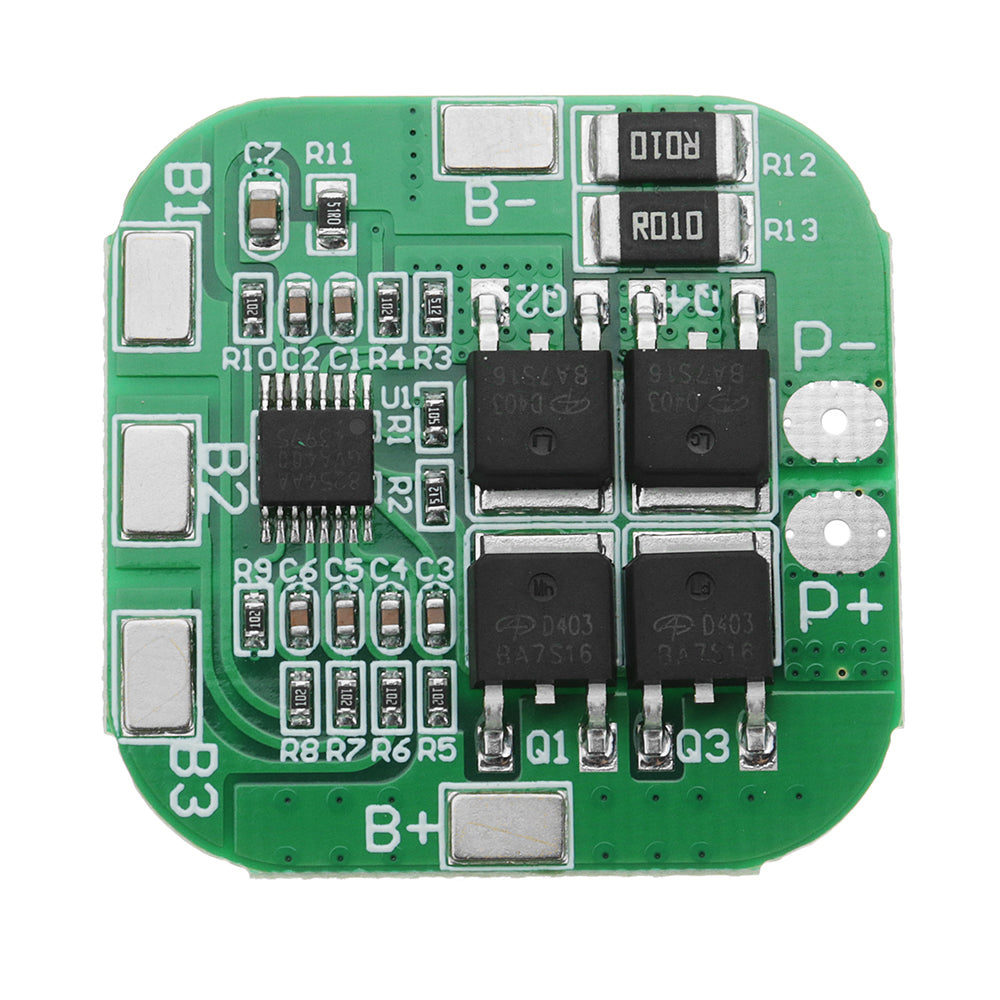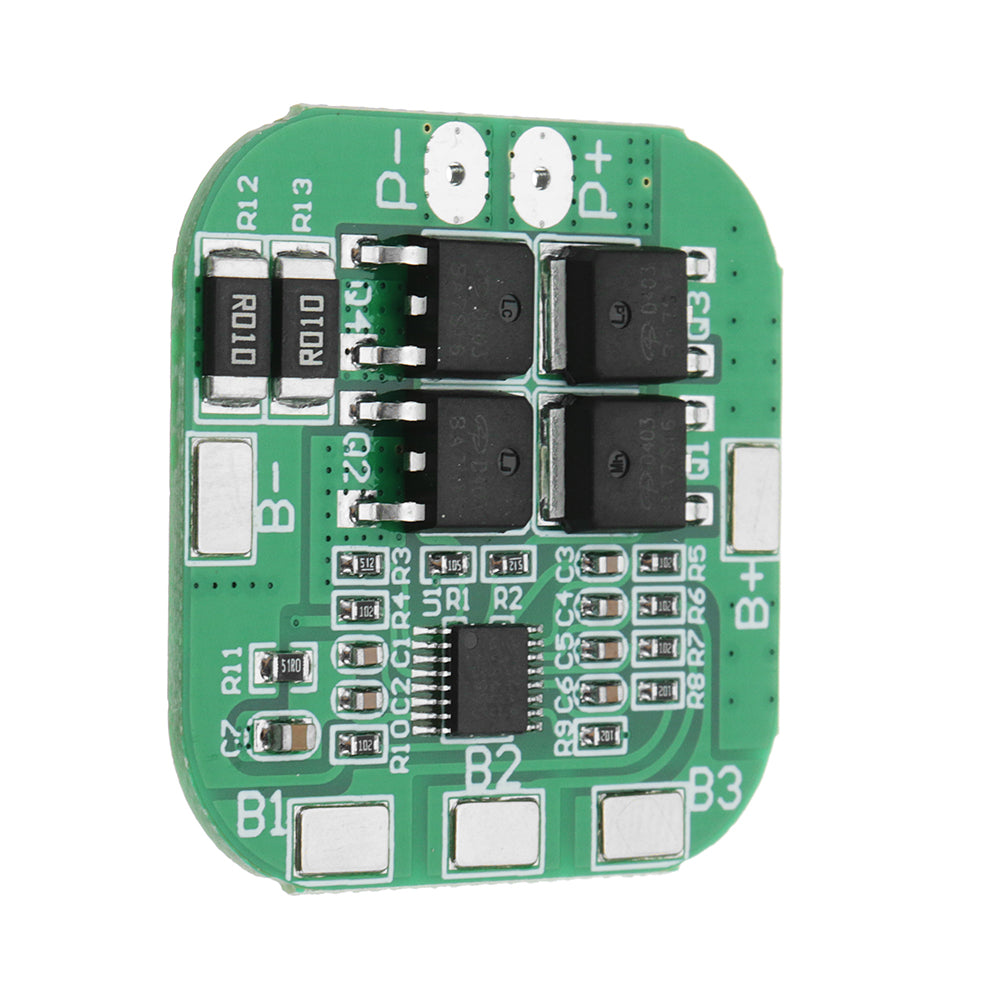Suitable for common 18650 rechargeable lithium-ion cells, this premium battery holding tool offers a dependable power source for your DIY electronics, robotics, and Arduino projects. With Circuit Rock's Battery Holder 18650 1S and wire lead, you can power your electronic projects effectively and securely.
This battery holder's attached wire makes it simple to connect straight to your project without the effort of soldering, and its precision engineering and sturdy construction guarantee a stable connection between batteries and the circuit.
Features:
- High-grade ABS plastic body
- Corrosion-resistant and nickel-plated metal
- Each holder comes with red and black wires for easy connection
- Compact design and easy installation
- Perfect for powering Arduino boards, Raspberry Pi, or robotics projects that require stable DC power.
Specification:
- Battery Type: 18650 Li-ion Rechargeable cells
- Configuration: 1S,2S,3S,4S
- Material: High-Grade ABS Plastic
- Length of Wire: 15-20 cm
- Wire Gauge: 22 AWG
- Steel used: spring-loaded & Nickel-plated steel
- Colour: Black
- Voltage 1S: 3.7V
Applications:
- Arduino Projects
- Robotics and IoT devices
- Prototyping and Electronics
- Portable power supply
- LED lightning systems
- Sensors powered by a battery and modules
Why you should buy from Circuit Rock?
If you want quality electronics and accessories, then Circuit Rock is your one-stop destination where you will get everything. They ensure every product will undergo quality inspection before dispatch, and provide fast delivery with affordable prices
FAQs
Is a 1s battery holder enough for my Arduino Board?
A single cell may not be enough for standard Arduino UNO boards; it may require more power to operate with proper voltage regulation.
Does the 1s battery holder come with a wire lead?
Yes, it has pre-attached red and black wire leads for easy connection to your project.
From what plastic is this battery holder made of?
This holder is made from durable ABS plastic and corrosion-resistant with nickel-plated metal contacts.
Is the battery holder safe for regular use?
Yes, these batteries can be used continuously for portable power applications as it is manufactured with high-quality batteries and proper circuit design.
Can I use this battery holder with Raspberry Pi?
Yes, this holder can be used for Raspberry Pi, and also this is perfect for Arduino, ESP32 or other microcontroller-based projects which require DC power.
Battery 4S 14.8V / 16.8V 20A BMS
Battery 4S 14.8V / 16.8V 20A BMS
Out of stock
Product Code
SKU:AM361
Couldn't load pickup availability






